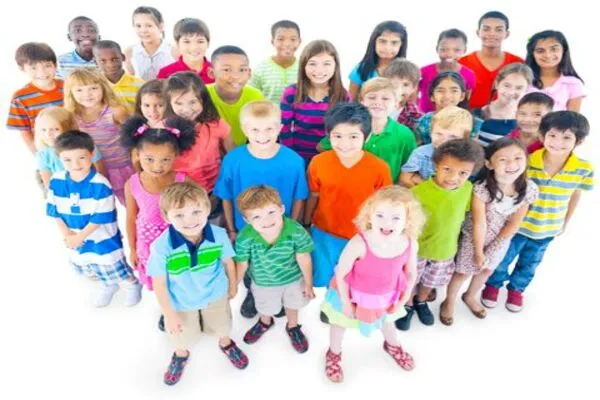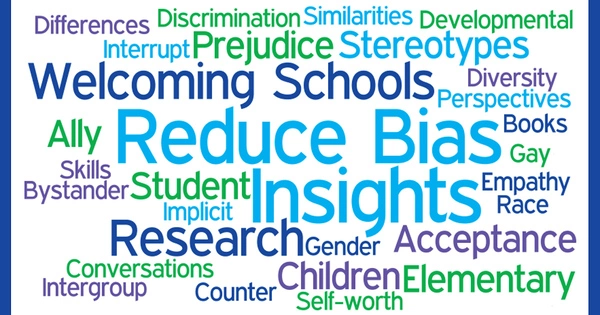Typically, reducing bias in children entails teaching variety, inclusivity, and empathy. Children gain from meeting people from other backgrounds, cultures, and opinions. Increasing understanding and empathy can help minimize bias. Teaching children at an age-appropriate level about bias, stereotypes, and discrimination might help them recognize and confront these biases when they meet them.
According to a new study by a team of psychology researchers, children’s perceptions of inequality may be altered by how its origins are explained to them. The research provides insights into the elements that influence how bigger societal concerns are seen at a young age, as well as novel approaches to reducing bias toward lower-status economic groups.
“When making sense of social inequalities, adults may consider the structural forces at play – for example, people may cite policies related to legacy admissions when thinking about how disparities first arise,” says Rachel Leshin, a New York University doctoral student and the lead author of the study, which appears in the Proceedings of the National Academy of Sciences (PNAS). “But children don’t necessarily see differences in status in this way — and when children are prompted to consider the structural forces, they tend to interpret these structures differently from how adults do.”
When making sense of social inequalities, adults may consider the structural forces at play – for example, people may cite policies related to legacy admissions when thinking about how disparities first arise.
Rachel Leshin
“However, our research shows that if the structures underlying inequality are explained to children in specific ways, they can think about these issues in the same way that adults do,” she says. “We discovered that such approaches reduced the extent of bias children felt toward a lower-income group versus a higher-income group.”
It has long been demonstrated that children become aware of inequality at an early age and develop status-related biases as a result. For example, they frequently favor individuals from high-status groups (e.g., those with more material resources or those belonging to organizations associated with greater wealth) and are willing to accept group differences.
In the PNAS study, Leshin and Marjorie Rhodes, a professor in NYU’s Department of Psychology, examined how children reason about economic inequality in order to understand how the explanations provided for an inequality shaped children’s responses to it, such as how they feel about a low-status group or whether they want to rectify the inequality. In doing so, the work sought to understand how these explanations could be used to reduce biased views against lower-status groups.

Leshin and Rhodes did this by recruiting over 200 children aged 5 to 10 to take part in an online study. Children in the study were taught about two imaginary groups: “Toogits” (a high-status group) and “Flurps” (a low-status group). The authors point out that fictional groupings are frequently employed to examine children’s opinions in order to reduce prejudice associated with “real-world” social categories. These groups were defined as having varying levels of wealth and resources, such as:
Have you seen this Flurp? This Flurp calls this house home. And guess what else? Flurps in their adulthood work for low-wage employment. Because Flurps don’t have much money, this Flurp merely received a pair of socks for his/her birthday and did not receive a birthday party.
The children were also shown images that represented where the two groups lived, with the Toogit shown in a nice, polished house and the Flurp shown in a less attractive house.
In order to unpack how the causes provided to explain the inequality shaped children’s responses to it, the researchers gave children one of three explanations for the inequality shown through the two fictional groups: one attributed it to structural causes and cited the high-status group as the structures’ creators (i.e., “… because of rules that [the high-status group] made up a long time ago”); another attributed it to structural causes but did not identify their creator (i.e., “… because of rules that were made up a long time ago”); and one, the control condition, didn’t provide an explanation at all (i.e.,” .. it’s been like that for a long time”).
The researchers sought to understand whether and to what extent these explanations would shape children’s responses to inequality, including their level of bias against the low-status economic group.
Only the structural explanation that identified the high-status group as the catalyst responsible for the two groups’ differing conditions created significant effects, according to the findings. Children in this scenario reported lower levels of bias toward these fictitious groups, evaluated the status hierarchy as less fair, and chose to allocate more resources to the low-status group compared to those in the other two situations.
Children who heard a structural explanation that did not blame the high-status group for these differences (rather, a third party – i.e., “the person who got to make the rules”) responded no differently than those in the control condition who heard no explanation at all.
















